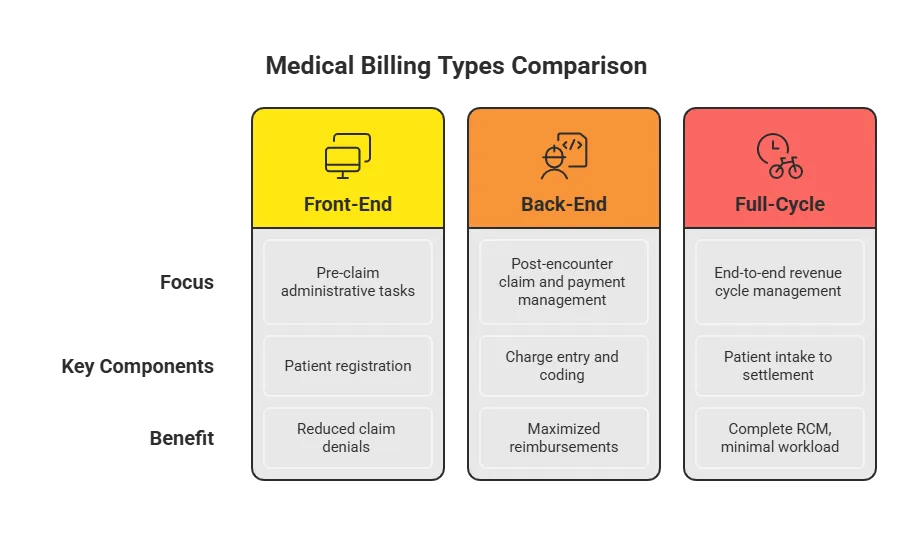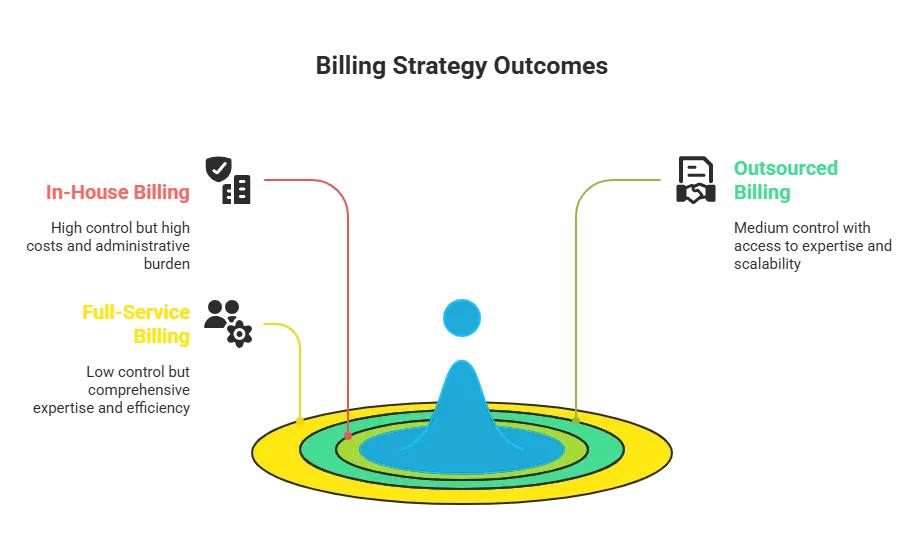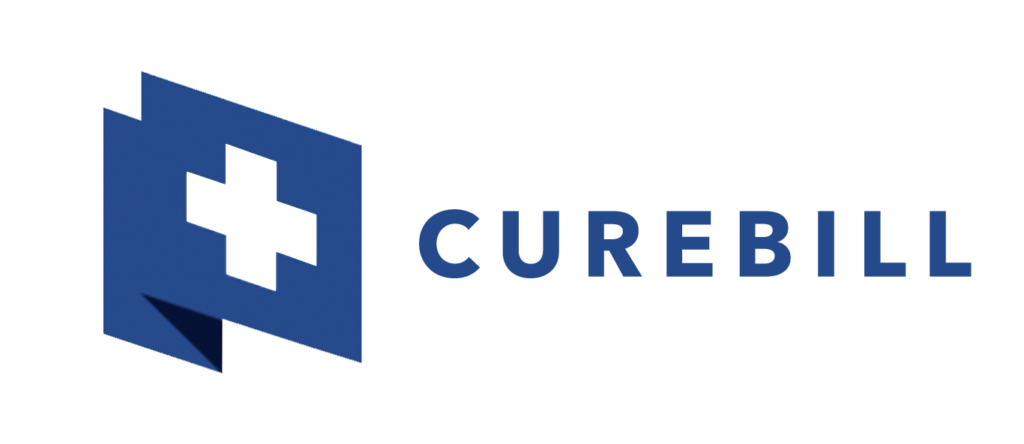
Why Understanding Medical Billing Types Matters
Choosing the right type of medical billing service is essential for healthcare providers, especially small practices. Efficient billing impacts everything from cash flow and patient satisfaction to claim approvals and compliance. In this guide, we’ll walk you through different types of medical billing services front end, back end, and full service and compare in house, outsourced, and full cycle solutions.
What Are the Types of Medical Billing?
Medical billing is generally categorized into three types.!
Front End Billing
Front end billing involves all patient facing administrative tasks before the claim is submitted.
Patient registration
Insurance verification
Authorization of treatment
Data entry
Benefit: Reduces claim denials and ensures proper coding.
Back End Billing
This phase begins after the patient encounter and includes.
Charge entry and coding
Claim submission
Payment posting
Denial management and appeals
Benefit: Maximizes reimbursements and reduces Accounts Receivable (A/R) days.
Full Cycle Billing or Full Service Billing
This is an end to end solution that integrates both front end and back end processes. Often handled by third party billing providers, it includes.!
Patient intake to final claim settlement
Reporting and analytics
Benefit: Complete revenue cycle management (RCM) with minimal in-house workload.

In House vs Outsourced vs Full Service Billing
Let’s compare the three models in detail.
In House Medical Billing
Pros:
Full control over staff and processes
Direct communication with billing team
Cons:
High overhead costs (salaries, software, training)
Staffing and turnover challenges
Best for: Large practices with existing infrastructure.
Outsourced Medical Billing
Pros:
Cost effective for small practices
Access to expert coders and billing professionals
Scalable and flexible
Cons:
Limited control
Data privacy concerns (if not HIPAA compliant)
Best for: Clinics and small healthcare providers looking to reduce overhead.
CureBill Offers:
Front end + back end processing
Clean claims submission
Denial management
Monthly performance analytics
HIPAA compliant systems
Why Choose CureBill:
Designed for small practices and startups
Affordable outsourced billing solutions
Transparent pricing and U.S.-based support

Choosing the Right Billing Model for Your Practice
Consider Practice Size and Specialization
Small practices often benefit from outsourced or full service models, while large practices may prefer in house systems.
Analyze Budget and ROI
Outsourcing can save costs on software, training, and HR. Evaluate ROI by comparing collection rates and A/R days.
Think About Regulatory Compliance
Outsourced and full service models ensure your practice stays compliant with HIPAA and CMS rules.
Improve Patient Experience
Front end billing accuracy reduces patient billing disputes and increases satisfaction.
How CureBill Helps Healthcare Practices
CureBill is your all in one billing partner.!
Full cycle billing services for clinics and solo providers
Experienced team handling every step of the revenue cycle
Optimized to reduce denials and increase clean claims
Transparent pricing with no hidden fees
Ready to simplify your billing? Schedule a Free Consultation with CureBill today!

